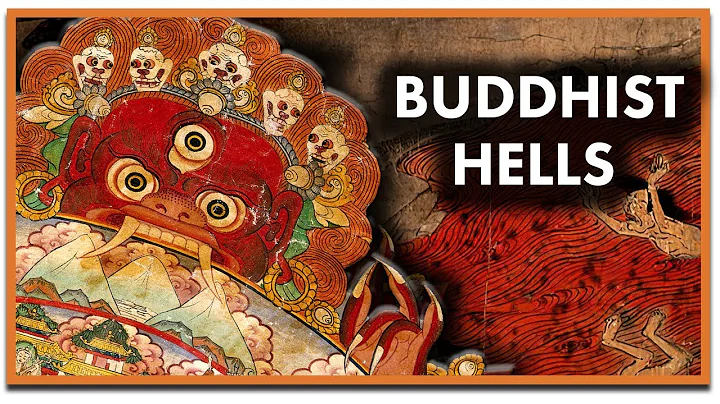Buddhism is one of the world religions. It is said to have been created by the prince of ancient India, Shakyamuni. It is widely spread in many countries in Asia. During the Eastern Han Dynasty, it was introduced to my country's Buddhism and Christianity. Three major religions.

According to Buddhist literature, after the death of the founder of Buddhism, Shakyamuni, his followers found in his ashes many crystal clear, colorful, hard as rigid. Regular round hard objects, this is the relics that people later called Buddhism treasures. It is said that the disciples of Sakyamuni, , Ananda and others divided the relics into three parts, one ascending to heaven, one entering the dragon palace, one staying in the human world, and the other part of the human world being divided equally by the eight nations including Capricorn to build the Buddha. Tower to represent a permanent memorial.
The word relic is Sanskrit , which is translated as 强子. It is divided into cremated relics and induced relics. Not only Shakyamuni, but also relics sometimes appear after the cremation of high monks in the past. Such as the tongue relics of Kumarajiva in the post-Qin period, the skull relics of Tang Xuanzang, the heart relics of Taixu of the Republic of China, and the five-color relics of Yinguangde.

So how is the relic formed? For thousands of years, it has been an important subject for Buddhist scholars and the medical and biological circles. So far, many opinions have been produced.
There is a saying that qigong is added to the practice of qigong. Under the requirements of the three elements of qigong for regulating the mind and breathing and regulating health, people’s thinking activities have long been in the state of absolute entry of free luck, harmony and emptiness, so as to maximize the acquisition. In order to achieve the unity of nature and man, the true energy of nature is achieved. The body and mind are fully harmonious inside and outside, and the spirit, energy, and spirit are transformed into each other, resulting in the phenomenon of where there is no big outside and small inside. In this way, the energy and material strength of the whole body gradually condense and gather and relics appear,But this statement seems too mysterious.

Another way of saying it is relics, which are actually stones. A newspaper in Hong Kong once published an article that Buddhism relics are calcified stones, stating that the so-called relics are actually stones in the human body, especially kidney stones and gallstones. The article also cited empirical examples. When the insurance law in Hong Kong passed away recently, 89 relics were found after cremation. But there is still a doubt. Does the insurance have stone disease?
However, from the perspective of modern medicine, if a mortal suffers from one of these two types of stones, it will inevitably suffer severe pain. Kidney stones have , renal colic and hematuria. Gallstones also have biliary colic. Most people cannot tolerate this kind of pain. They will definitely seek medical treatment. It is impossible for someone to endure the pain for a long time. for treatment. And if the relic is a stone, no matter whether it is born in the kidney or the gallbladder, there will be no response. According to the literature, the amount of relics obtained from cremation after death of some eminent monks reached hundreds or even thousands of grams. If so many relics are formed by stones, how can the kidneys and gallbladders, which have a limited volume, be stored? Moreover, these monks were healthy before their lives, and no symptoms of stones were found. How can this be explained?

The scientific principle of the appearance of ions in cremation after death requires the cooperation of medical biology, especially the Buddhist community, to study and discover.
It is said that after Buddha Shakyamuni’s Nirvana, his disciples obtained 84,000 bead-shaped relics from the ashes of his cremated body.
.






![[English] Who Am I - Lecture 1 - Ven. Guan Cheng - DayDayNews](https://i.ytimg.com/vi/KU0fUs2It5o/hq720.jpg?sqp=-oaymwEcCNAFEJQDSFXyq4qpAw4IARUAAIhCGAFwAcABBg==&rs=AOn4CLDFpQUN_QwRfC7bmP4sUadq-RcYdg)
![A Moving Masterpiece 清明上河图 [English narration] - DayDayNews](https://i.ytimg.com/vi/kxff-4GktOI/hqdefault.jpg?sqp=-oaymwEcCOADEI4CSFXyq4qpAw4IARUAAIhCGAFwAcABBg==&rs=AOn4CLBtHGLeUpJNCYDJYnZTuISQ1N5Vag)


